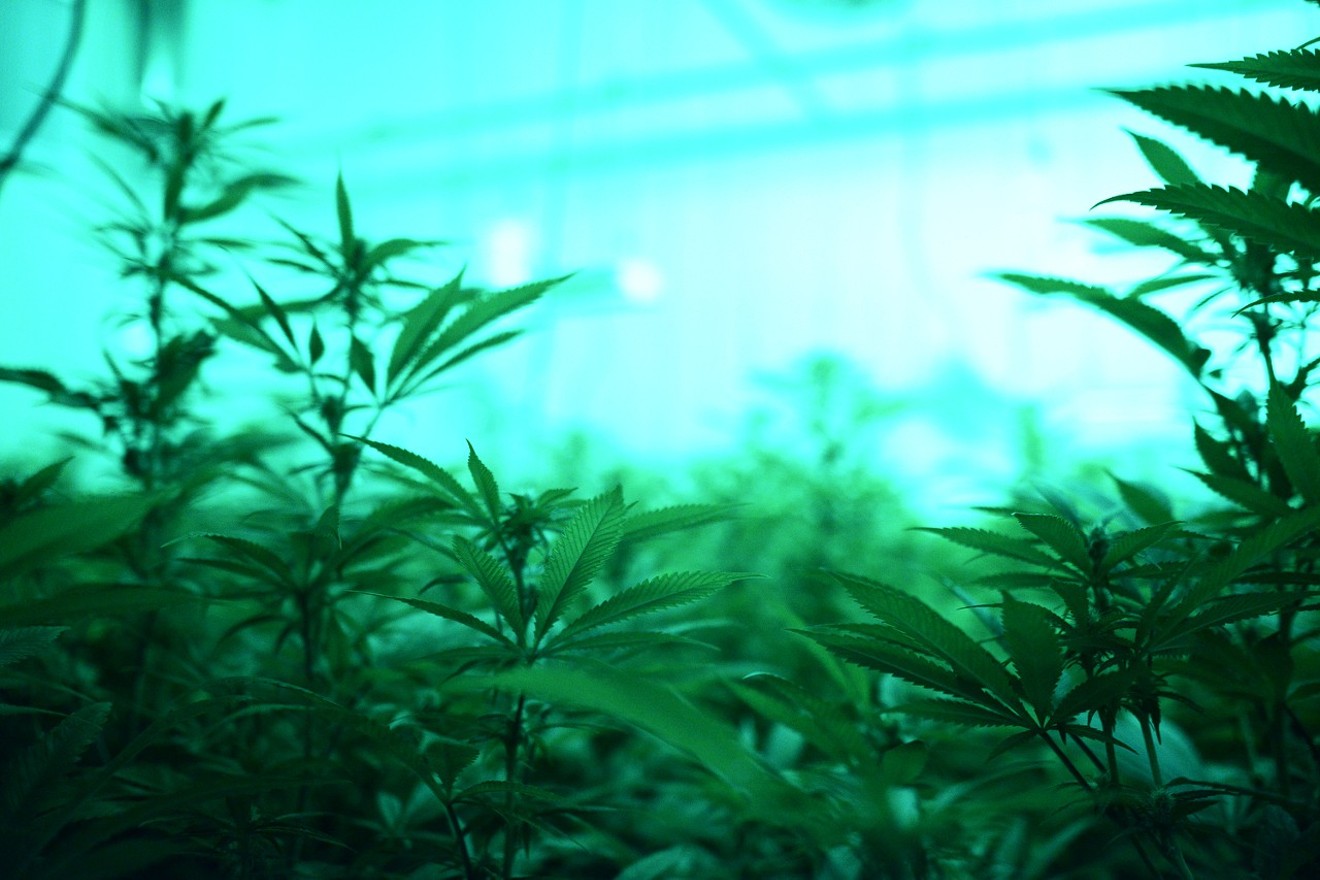Vertical hydroponic is a good growing method when you do not have enough ground surface or horizontal floor area. Why do we say it is a good method? We list some of its advantages below.
Advantages of Vertical Hydroponics
Space Savings
One huge consideration with vertical hydroponics is optimizing the limited space that you might have. Most gardeners nowadays—professionals or enthusiasts—often suffer from lack of floor space, and so vertical hydroponics has become the preferred choice for urban gardening. Vertical systems are excellent for fitting into corners of rooms or any other small indoor or outdoor spaces where they can be less intrusive while not using up valuable square footage. This has allowed maximum usage of small spaces and made it a viable option for growing crops in city homes, whether against an outdoor patio wall or inside a spare room. Vertical hydroponics is a godsend for people who don’t have access to much soil or ground space to grow things.
In addition, plant roots in hydroponic systems don’t spread out as much in their search for nutrients compared to growing them in soil, since the roots are suspended directly in nutrient-rich solution. As a result, it is possible to grow crops much closer together, saving space.
Lack of Soil
Hydroponics is being considered as an innovative alternative approach to the future of agriculture, since by using no soil, you can grow many varieties of produce in most places with very little arable land, dry/arid climates, or where climate change and destructive farming practices are causing soil erosion. Similarly, distant cities, islands or hotels can also grow their own fresh food hydroponically instead of resorting to costly imports. As for coastal places with a scarcity of fresh water, desalination technology is in progress so that people will be able to extract fresh water from the ocean for supplying hydroponic gardens as well as for agriculture in general.
Due to the controlled and soil-free environment, weeds, pests and plant diseases are minimized. As a result, the use of chemical fertilizers, fungicides and pesticides are drastically reduced—a big bonus for health and food safety—while the harvested crops may not even need to be washed in most cases.
Efficiency & Productivity
Hydroponic nutrients are derived from mineral salts, essentially the same as those found in soil, but more readily available. The difference is that the nature of soil-based minerals is slow release, whereas hydroponic minerals are fast release with fast uptake, and therefore result in optimal results & faster growth.
As mentioned earlier, when planted in soil, a plant’s roots spread out in search of nutrients, leading to a much larger root system than a hydroponic setup—wherein the nutrients are delivered directly to the root system in almost surgical quantities. This method ensures that plants receive exactly the right quantity of nutrition at the right times, allowing the plant to spend its energy producing useful foliage, stems, leaves, and fruit (instead of large root systems).
Vertical hydroponics, especially indoors, allows for better control of temperature, light, air composition, and pests. This results in maximized crop growth rates, quality and yield, in addition to being able to grow most crops year-round. Indoor vertical hydroponics farms can play an important role in filling the market gap, providing fresh produce in all seasons.
In addition, vertical hydroponics can reduce the overall weight of the upper layers by at least 30% compared to using soil as the growing medium for a vertical system—meaning that you can stack more layers on top of each other than you normally could.
Fresh produce can be made available locally with maximum ease, and sold in restaurants and farmers’ markets with minimal transport. This helps reduce greenhouse gas emissions while also reducing nutrient loss and produce damage.
Low Maintenance
In a properly constructed vertical hydroponics system, the water and nutrients inside the tube stay inside it without any spillage or leakage. Moreover, the water keeps getting recycled (in a closed-loop system) until it reaches the point of no use. This ensures optimal usage and minimal wastage. Hydroponic systems are therefore good for the environment, since the water is not being evaporated as readily or absorbed into the ground quickly while being recirculated, compared to a soil-based system. In fact, a recirculating hydroponic system can conserve up to 80% water and use up to 10 times less water compared to a standard garden bed. This offers a huge—and sustainable—advantage when water shortage is of great concern, especially since field-based agriculture is one of the greatest consumers of freshwater sources (up to 80% of ground and surface water in the U.S. itself).
To be continued…

